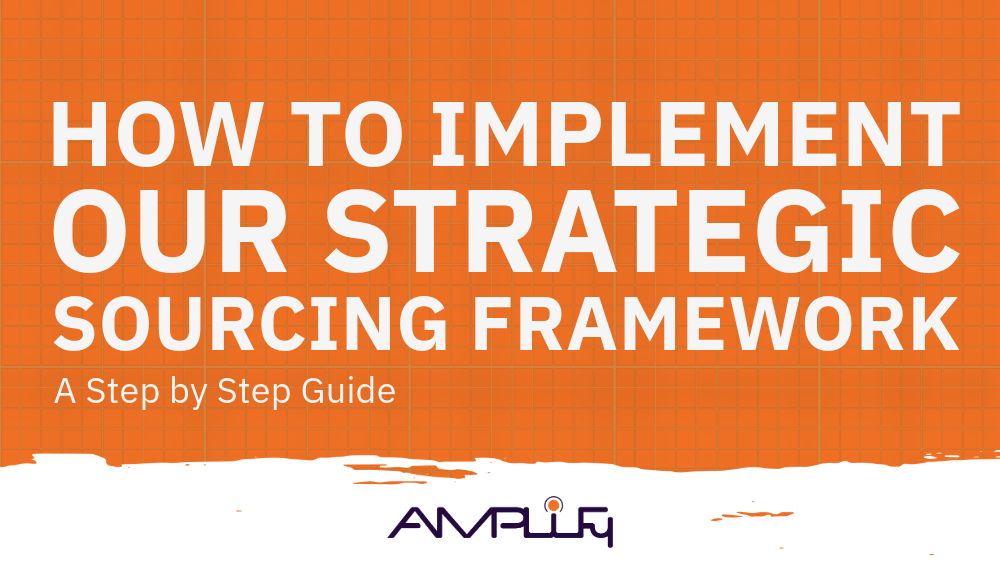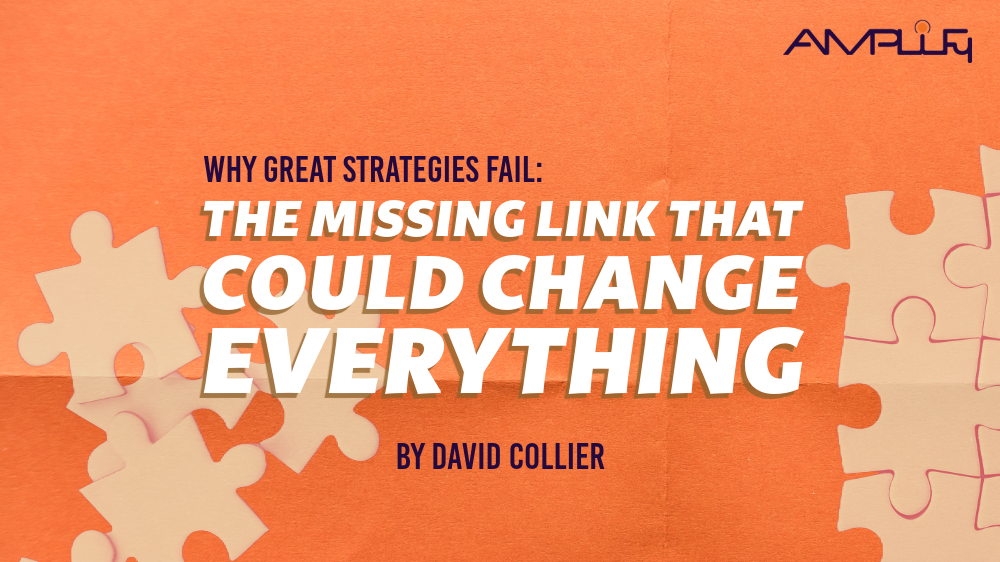When Technology Fails
If there is anything we have learned this past year, it is that the world can change on a dime and is constantly evolving, and to survive—and thrive—our businesses must evolve with it. One specific thing that is seeing a forward thrust is technology.
These days, we are heavily reliant on technology—more so than ever before. Our current technology is not only fascinating and revolutionary but it is being updated frequently. Along with these updates comes immense innovation into new areas, such as robotics and more. All of this is ongoing and endlessly exciting.
However, as we forge ahead and ride this new frontier of technology, finding the right balance between quick adoption of new technology and being more conservative while weighing the risks that technology will fail (or cost more than expected) can be challenging.
The harsh reality is that companies trying to tackle big technology projects fail all the time. According to an Everest Group study, 73% of companies declined to provide any business value from their digital transformation process in particular. But this pitfall isn’t limited to digital transformations, as whether you are looking at product innovation, digital transformation, data analytics improvement projects, and beyond, times are tough all around—and it’s touch and go. I’ve even heard this process of technology adaptation compared to the analogy of a dance.
Going with this analogy, CEOs and professionals looking to succeed—think of staying in step and not getting our toes stomped on in the process—need to adapt their approach to more of a calm waltz mentality (featuring slow, steady steps) versus a fiery (and frenzied) tango.
Before you wonder whether you should take the risk, the simple answer is that you don’t have much of a choice. This technology train is moving, and you best get on board. That being said, there are ways to go about it smartly, so even when you do experience failure, the damage is mitigated.
So buckle up because it’s going to be a wild ride, with inevitable bumps, but you can do it. You will need to completely reinvent your practices and processes and also rethink your objectives, costs, and ROI. You’ll also need to develop some worst-case-scenario contingency plan for when the dreaded blips pop up and things don’t go according to plan.
Start Small
Just like the dance analogy alluded to above, we at AMPlify are big fans of incrementalism when it comes to innovation and integration of technology. You could look at this as effectively managing risk.
One way to manage risks effectively is to put the high-risk activities early in the project life. In this way, if the project fails, it will do so before too many resources have been spent. Taking such preventative measures is our version of what we see as doing “damage control,” and it will serve you well as you move forward.
We know that change isn’t easy, and adaptation can be confusing, frustrating, and downright scary at times. We also know that evolving with technology is imperative for companies to survive in this fast-paced industry. This will require your company to come together and ramp up your collaboration, your productivity, and your agility.
As with any trip, as you embark on this technology journey, you’ll want a map. Here’s where we come in: AMPlify can provide you with a clear roadmap for success so that you can reach your destination and achieve your technology goals without getting lost—or completely wrecked— en route. Contact us today, and let’s get you on the road, and on the right course, toward successful transformation.




